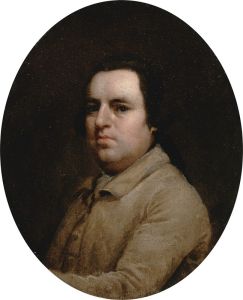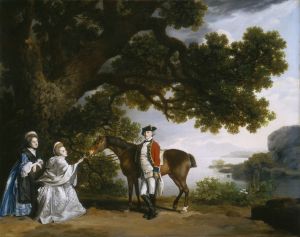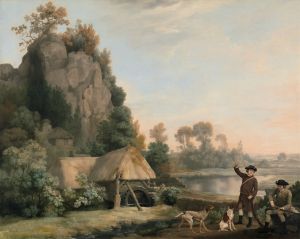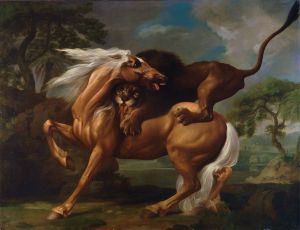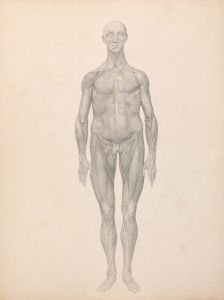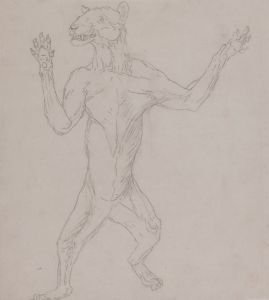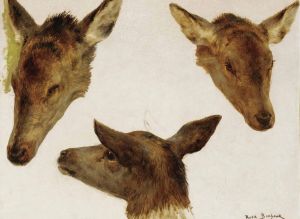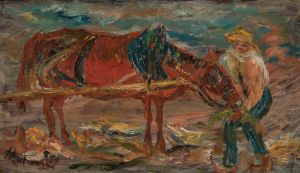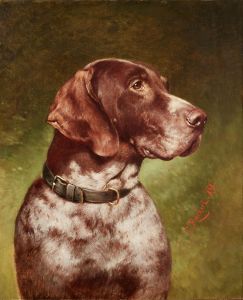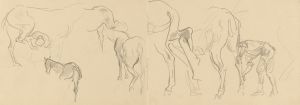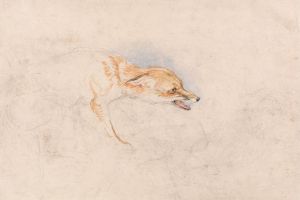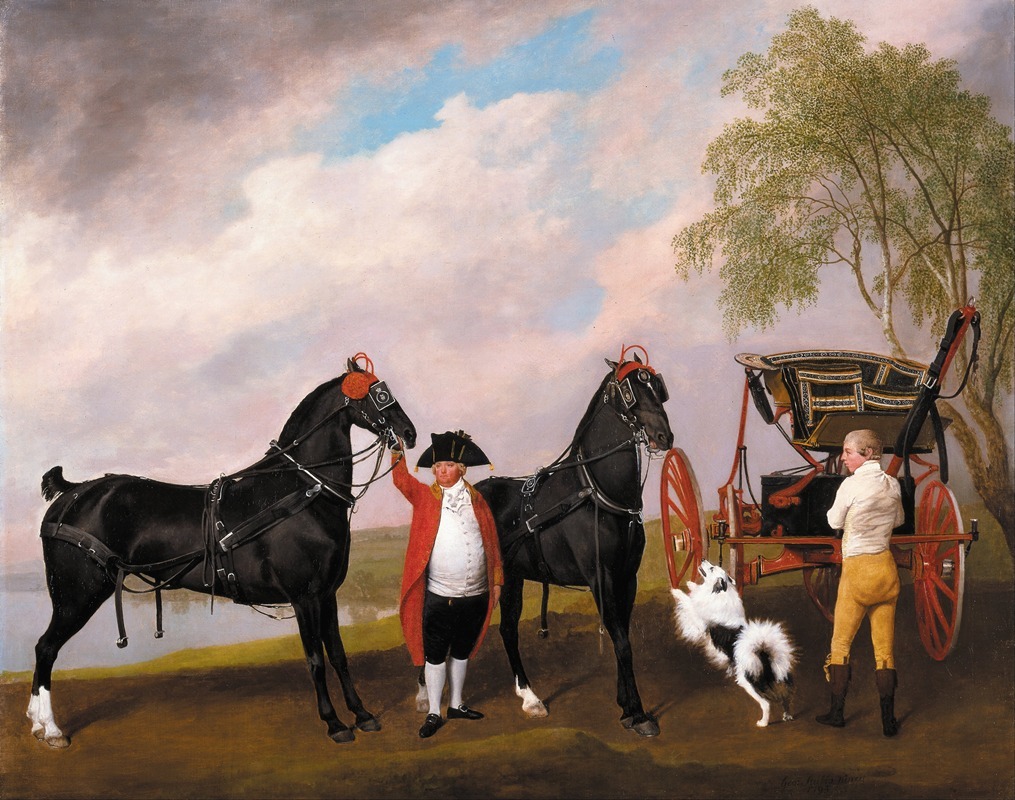
The Prince of Wales’s Phaeton
A hand-painted replica of George Stubbs’s masterpiece The Prince of Wales’s Phaeton, meticulously crafted by professional artists to capture the true essence of the original. Each piece is created with museum-quality canvas and rare mineral pigments, carefully painted by experienced artists with delicate brushstrokes and rich, layered colors to perfectly recreate the texture of the original artwork. Unlike machine-printed reproductions, this hand-painted version brings the painting to life, infused with the artist’s emotions and skill in every stroke. Whether for personal collection or home decoration, it instantly elevates the artistic atmosphere of any space.
George Stubbs’s painting The Prince of Wales’s Phaeton is a notable work by the renowned 18th-century British artist, celebrated for his mastery in depicting animals, particularly horses. This painting, completed in 1793, exemplifies Stubbs’s ability to combine technical precision with a keen understanding of anatomy and movement, which he developed through years of meticulous study.
The artwork portrays a phaeton, a light, open carriage, drawn by a pair of elegant horses. The phaeton depicted in the painting belonged to George, Prince of Wales, who later became King George IV. The Prince of Wales was known for his extravagant lifestyle and love of fine horses and carriages, and Stubbs’s painting reflects this aspect of his character. The composition highlights the refinement of the carriage and the strength and grace of the horses, underscoring Stubbs’s skill in capturing both the mechanical and organic elements of the scene.
Stubbs’s attention to detail is evident in the careful rendering of the horses’ musculature and the intricate design of the phaeton. The painting also demonstrates his ability to create a sense of movement and vitality, as the horses appear poised to spring into action. The background is relatively simple, ensuring that the focus remains on the phaeton and its equine team.
The painting was commissioned by the Prince of Wales, who was a patron of the arts and an admirer of Stubbs’s work. It is one of several pieces Stubbs created for the Prince, reflecting the artist’s prominence during his lifetime and his association with the British aristocracy. The work is considered an important example of Stubbs’s contribution to equestrian art and his role in documenting the culture and aesthetics of Georgian England.
Today, The Prince of Wales’s Phaeton is held in the Royal Collection, where it remains a testament to Stubbs’s artistic legacy and his ability to capture the elegance and dynamism of 18th-century British life. The painting continues to be studied and admired for its technical excellence and historical significance.





